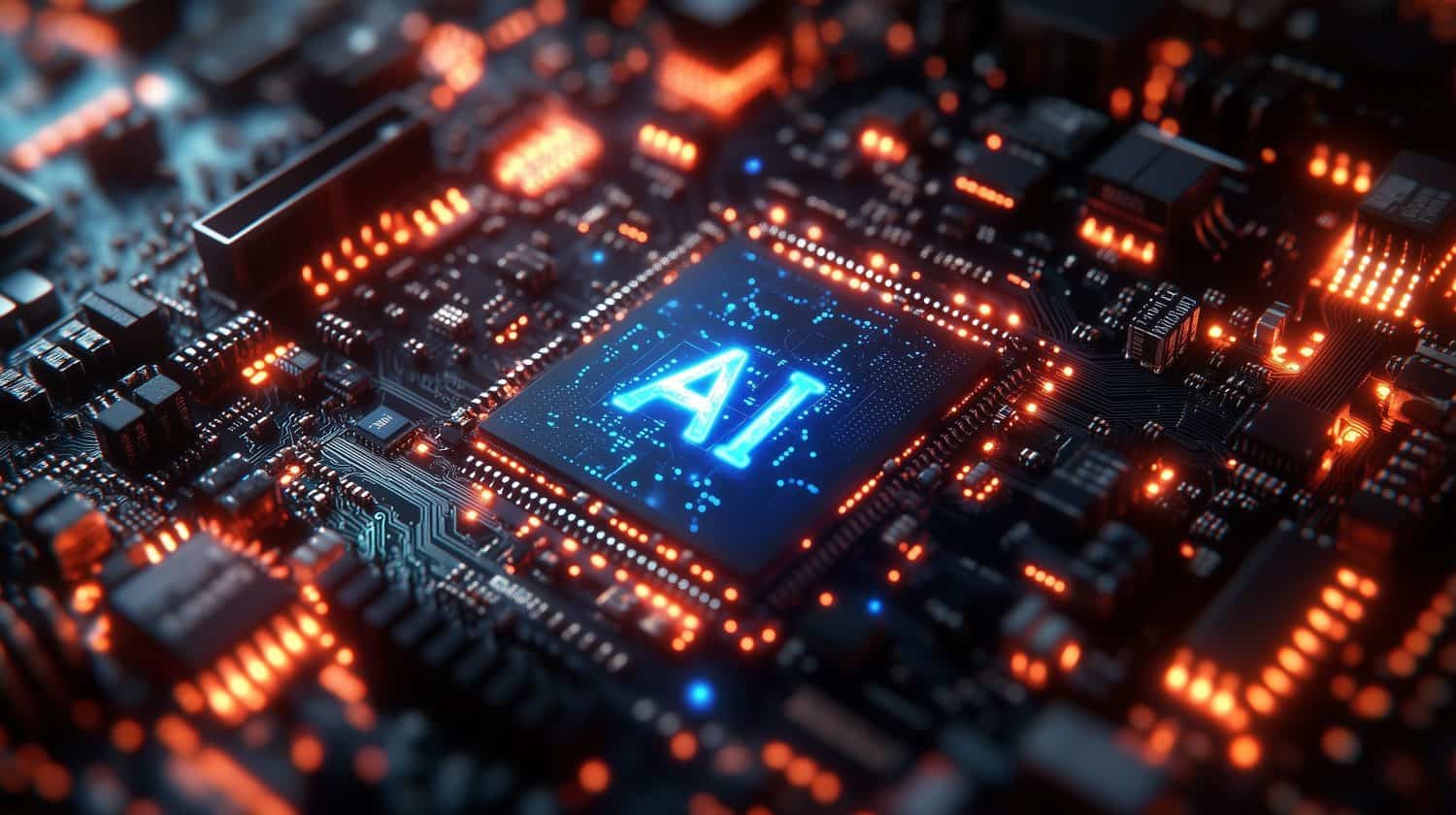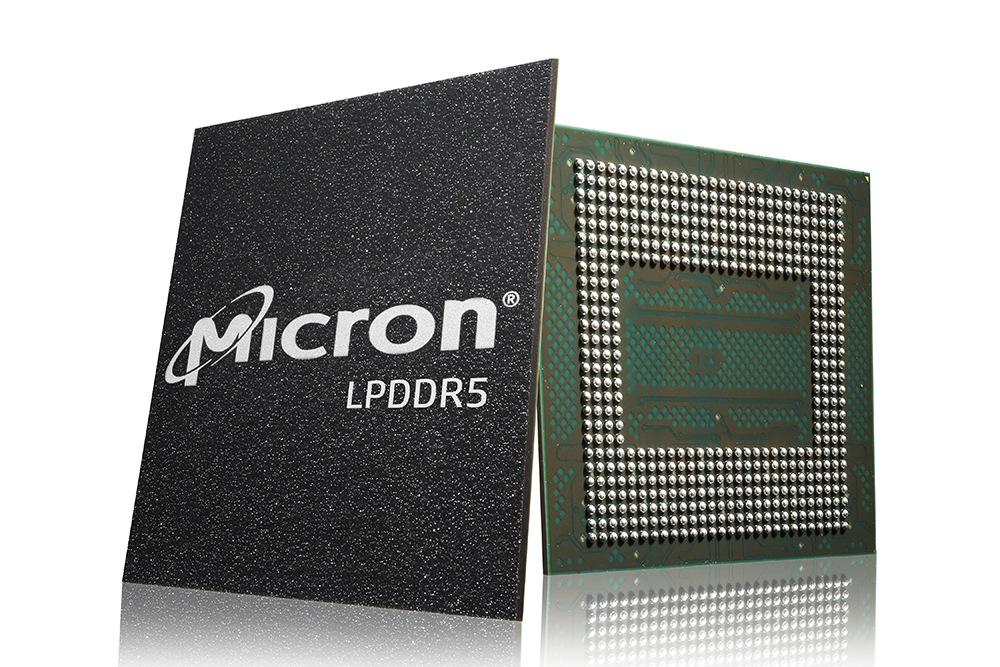#dram
#dram
[ follow ]
#hbm #ai-infrastructure #nand #samsung #memory-shortage #micron-technology #ai-data-centers #memory-prices
fromTheregister
4 weeks agoSamsung reportedly jacked memory prices 60% last month
DDR5 isn't normally associated with AI accelerators. Those typically employ GDDR or HBM, which trade capacity for the higher bandwidth required for those workloads. However, the systems into which these accelerators are deployed do use DRR5 for the system memory to feed the CPU and to store intermediary data, like the key value caches used to prolong a model's short-term memory over extended periods.
Artificial intelligence
Intellectual property law
fromIPWatchdog.com | Patents & Intellectual Property Law
2 months agoNetlist Continues Enforcement Campaign Against Samsung DRAM Modules at ITC
Netlist sued Samsung at the ITC for alleged DRAM patent infringement after terminating a breached joint development agreement and winning over $420M in jury verdicts.
fromTheregister
2 months agoCurious connections: Voyager probes and Sinclair ZX Spectrum
The twin robotic spacecraft launched in 1977, the same year as the Apple II, the TRS-80 and the Commodore Pet, making the spacecraft the patron saints of the modern computer age. By the time Voyager's primary mission ended with Voyager 2's 1989 Neptune encounter, earthlings had the 80486, the Gameboy and the Apple Macintosh Portable. As Voyager 2 was nearly three billion miles (4.7 billion kilometers) away at that point, however, hardware upgrades were ruled out by the cost of delivery.
Science
Business
from24/7 Wall St.
4 months agoLive: Will Applied Materials (AMAT) Pop After Tonight's Earnings?
AI-driven demand is expected to strengthen foundry/logic and DRAM, despite weaknesses in ICAPS.
Gross margin forecast at 48.3% is under scrutiny due to market pressures.
Management is optimistic about H2 performance, increasing focus on Q3 results.
[ Load more ]

